Get Started for FREE
Sign up with Facebook Sign up with X
I don't have a Facebook or a X account
 Your new post is loading... Your new post is loading...
 Your new post is loading... Your new post is loading...

Viljenka Savli (http://www2.arnes.si/~sopvsavl/)'s curator insight,
April 13, 2015 3:23 AM
and it's an important one ... 
Louise Robinson-Lay's curator insight,
April 13, 2015 5:38 AM
This is worth sharing. Attitudes of learning.

SMARTERTEACHER's curator insight,
February 4, 2015 10:56 AM
Clear and concise graphic of Collaborative learning strategies.

Drora Arussy's curator insight,
November 17, 2014 8:11 AM
We hopefully are all trying to differentiate, but sometimes we need that creative push and encouragement. This is a wonderful resource with printable infographics for coming work areas and links to concepts and other resources to really get you thinking in every direction outside of the box - each student will gain something out of you using this. 
Janet McQueen's curator insight,
November 17, 2014 6:57 PM
These differentiation flowcharts will prompt teachers to make good decisions around scaffolding of student learning. 
Becky Roehrs's curator insight,
November 17, 2014 7:08 PM
Check out concepts, assessments, and activities for differentiation...

Tony Guzman's curator insight,
September 29, 2014 9:24 AM
Good list of questions to help get the student voice active in your classroom. 
Frédéric Falisse's curator insight,
October 10, 2014 6:51 AM
Sans questions pas de raisonnement. D'ailleurs, qu'est ce que la réflexion si ce n'est l'enchaînement de questions? Et l'intelligence ne serait elle pas simplement l'enchaînement de bonne questions?
Sharaya Baltimore's curator insight,
September 20, 2016 12:29 PM
I like that it gives a comparison of behaviorism, cognitism and constructivism (even though we aren't looking at that school) and it also gives information about the teachers, learner and techniques, etc.
Susmita Dhungel's curator insight,
September 14, 2017 12:03 PM
This article explains the differences between behaviorism, cognitivism, and constructivism. It shows differences in each school's teachers, learners, types of materials, techniques, and factors. 
Krystal Robles's curator insight,
September 21, 2017 11:54 AM
I don't get as to why they all can share these things. The arrows indicate that the things relate to each other.
Nancy Jones's curator insight,
September 11, 2014 1:59 PM
This has not only an interesting graphic, but a number of links to additional resources for this very important topic. 
Jo Blannin - The Know Tech Teacher's curator insight,
September 11, 2014 10:13 PM
This is a great tool for teachers. A small, printable reminder for students of their digital citizenship responsibilities. I've printed this for use at my school... what will you do with it?
Kathy Lynch's curator insight,
September 10, 2014 9:09 PM
Love it~ Using it tomorrow. Thx Beth Dichter 
María Dolores Díaz Noguera's curator insight,
September 11, 2014 11:33 AM
Seven Ways to Increase Student Engagement in the Classroom 
Mary Starry's curator insight,
September 13, 2014 9:38 PM
Great graphic that summarizes things we've all heard before, but helps keep them in mind so we really do utilize them with students.

María Dolores Díaz Noguera's curator insight,
March 18, 2014 8:35 AM
Critical Thinking: Educating Competent Citizens 
Susan Walker-Meere's curator insight,
November 9, 2014 12:49 PM
I would add: Trans-disciplinary thinking; systems thinking for sustainability. Most people can not see the forest through the trees so miss the larger connections of the impacts that action, goods & services have on both environmental systems and human systems. 
Willem Kuypers's curator insight,
November 16, 2014 3:48 PM
La pensée critique, une competence clé du 21ème siècle avec tant d'information qui nous arrive. |

Julie Bourguignon's curator insight,
March 2, 2015 4:58 AM
Do skills get obsolete? This is a list of important skills based on frequency of use, rather than actual purpose. This is a comprehensive list, but remembering to carry your phone/tablet charger should be part of it! 
SMARTERTEACHER's curator insight,
March 2, 2015 11:10 AM
There have been more changes in the last 10 years than in the first 40 I spent on the planet. These exponential changes are only scratched in this list.

Rocio Watkins's curator insight,
December 3, 2014 1:59 AM
Growth mindset has changed the way I teach, the way I parent my three boys, and the way I face challenging situations and risks. It has given me the resilience I need while in graduate school. Dr. Carol Dweck's book, Growth Mindset, is a paradigm-changing book. I highly recommend it. Thanks for sharing this great visual representation of Growth vs. Fixed Mindsets. 
liz's curator insight,
December 3, 2014 8:24 AM
I have been hearing quite a few ideas...becoming a real "buzz" word! It seems to appear within all forms of dialogue? 
Ness Crouch's curator insight,
February 15, 2016 4:44 AM
This is an interesting article about Growth Mindset in classrooms.This is a good introduction for how it can be used in the classroom.

Lon Woodbury's curator insight,
November 10, 2014 3:36 PM
We still have a long ways to go to figure out how to make this happen as effectively as we do face to face interactions. -Lon
Shradha Kanwar's curator insight,
October 9, 2014 5:18 AM
differentiated instruction is an imperative to maximise the learning experience

Autism Daily Newscast's curator insight,
September 10, 2014 4:26 AM
Not an app but close enough - love it.
Elizabeth Bowden's curator insight,
September 12, 2014 7:52 PM
In addition to using Lego for maths, I've taken my sons (extensive) Lego collection into History and Society & Culture to have the students (high school) demonstrate their understanding of concepts such as globalisation, communism, nationalism, capitalism. Worked really well and classes sooo happy.
Having been broken up into groups and given a concept each, They created cities or environments demonstrating the concept then talked the rest of the class through. 
Ness Crouch's curator insight,
September 13, 2014 4:06 PM
Fantastic ideas for using lego in mathematics. Simple hands on tasks. |





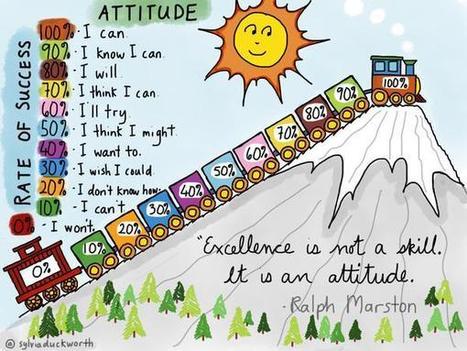


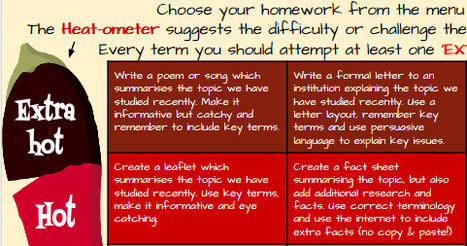
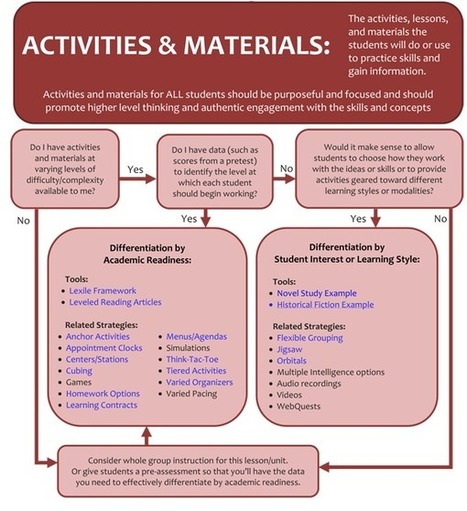
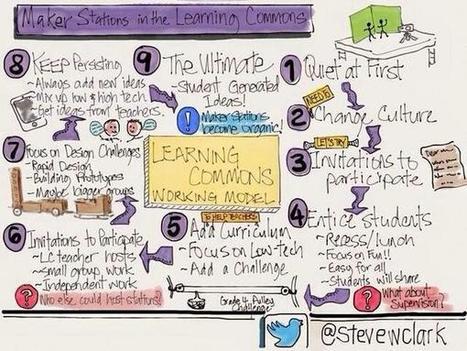
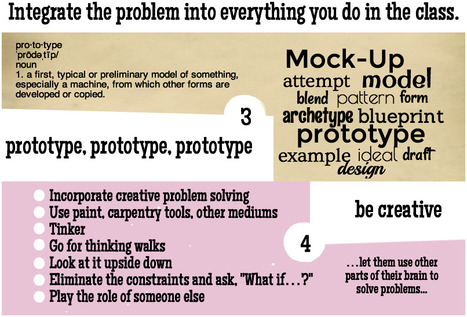

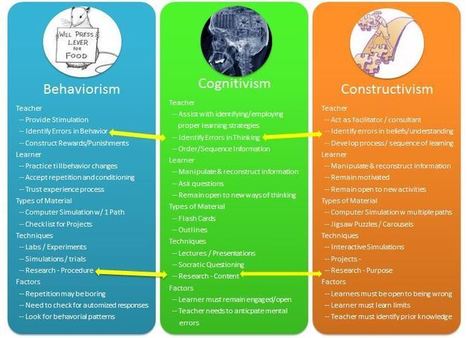
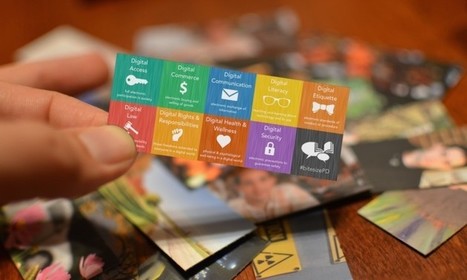
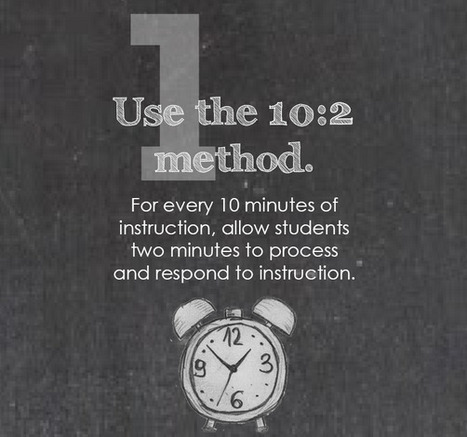
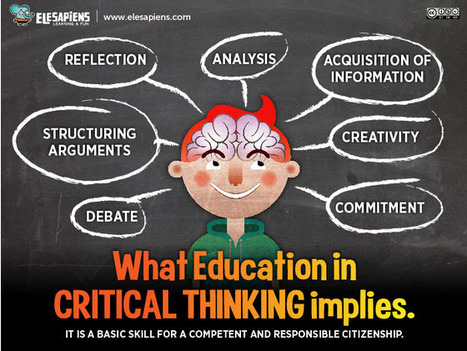
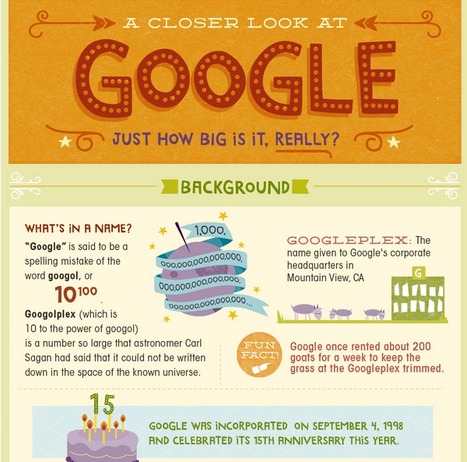
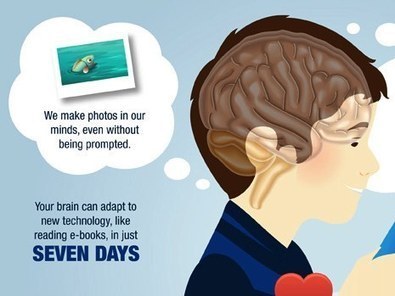


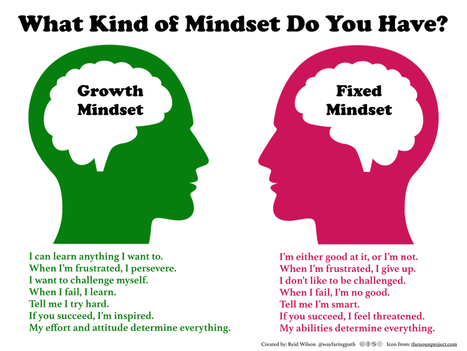


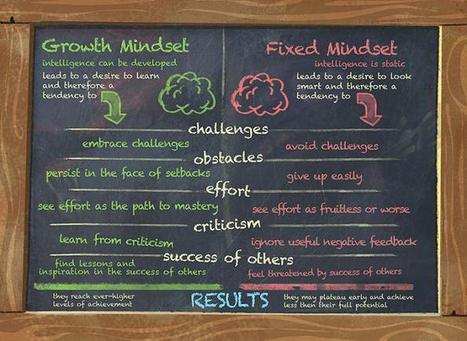


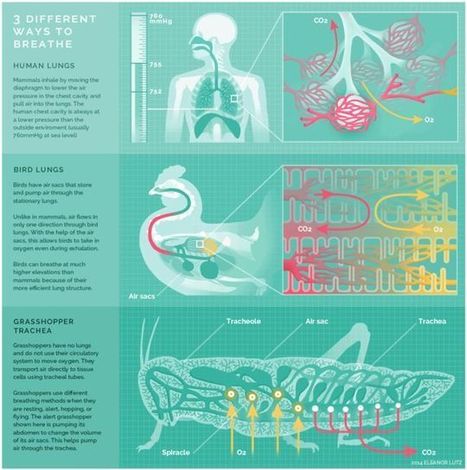




![Teachers Don't Work Hard Enough? Think Again! [INFOGRAPHIC] | Eclectic Technology | Scoop.it](https://img.scoop.it/8FiQEVm6u21_PaTyRKpS8Tl72eJkfbmt4t8yenImKBVvK0kTmF0xjctABnaLJIm9)
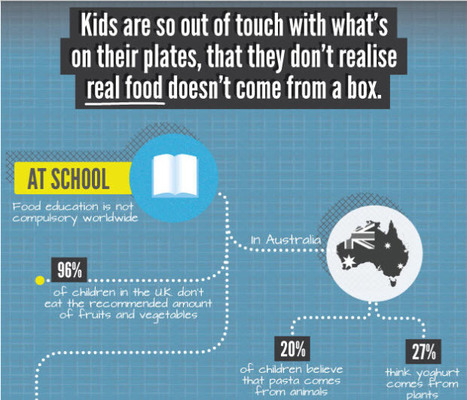





Today is Earth Day and this inforgraphic shares information about water. Why choose water for Earth Day? Think about the drought in California and how it is impacting people, and crops. Water is seen as a finite resource (although there are scientists at work figuring out how we might be able to make water).
This infographic focuses on the US and how much water we (we being Americans) use, specifically in the following areas:
* The amount daily, not just for drinking but to "grow and make the things we eat, wear and use to generate energy."
* The top eight crops that use water
* The top eight river basins, plus what happens when the water level drops below critical levels
Additional resources are provided under the infographic. Students are fascinated by nature, and this infographic could be used to have students think about how they use water in their household, and how your school uses water.